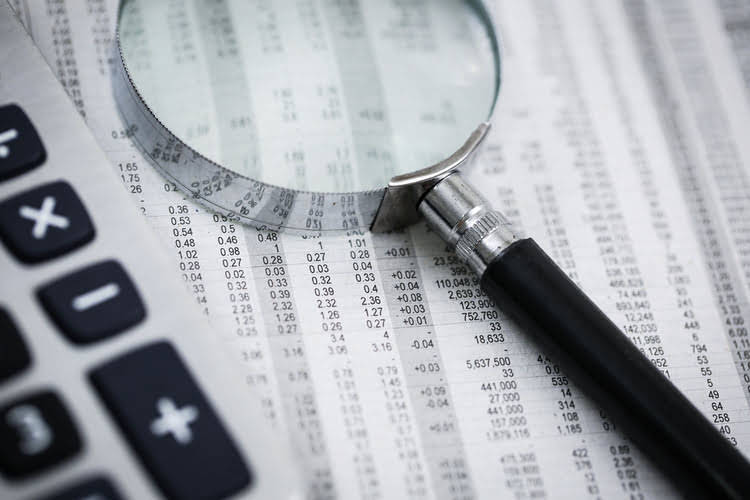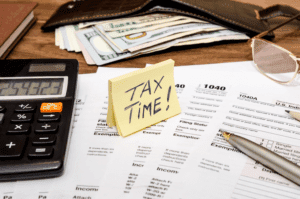Bookkeeping
Fixed Cost: Definition, Importance, Formula, and Examples

The greater the percentage of total costs that are fixed in nature, the more revenue must be brought in before the company can reach its break-even point and start generating profits. Fixed costs are not linked to production output, so these costs neither increase nor decrease at different production volumes. Fixed Costs are independent of output and its dollar amount remains constant irrespective of a unearned revenue company’s production volume.
Free Financial Modeling Lessons

Firstly, automatic production increases the cost of investment equipment, including the depreciation and maintenance of old equipment. It is difficult to adjust human resources according to the actual work needs in short term. Understanding and analyzing fixed costs is a fundamental aspect of strategic business planning. By scrutinizing these expenses, companies can gain insights into their financial health and operational efficiency. One fixed vs variable costs effective method for analyzing fixed costs is through cost-volume-profit (CVP) analysis.
- Companies rely heavily on fixed costs for scaling and growth, but excessive fixed costs can also make a company vulnerable in times of low sales.
- You can also plan for a slow period of time by building cash reserves or setting up a line of credit.
- However, many companies find that they can only lower their variable costs so much before quality begins to suffer, and they lose business.
- By accounting for depreciation, businesses can better understand the true cost of using their assets and plan for future replacements or upgrades.
- It’s easier to build your business with the right partners and solutions on your side.
- Meanwhile, fixed costs must still be paid even if production slows significantly.
Identify All Static, Direct, and Indirect Costs Directly Related to Your Business
• Operating leverage refers to the degree to which a company relies on fixed costs in its cost structure. Fixed costs differ significantly from variable costs, which change in direct proportion to production levels. By maintaining predictability and consistency, fixed costs offer businesses a solid foundation for financial management. Fixed costs are unavoidable business expenses that don’t change with increasing and decreasing production or sales levels. Cost analysts evaluate fixed and variable expenses to understand a company’s total cost structure and profitability.

Property Taxes
Fixed costs are a parallel concept to variable costs in corporate finance and business management. Understanding fixed costs allows companies to better forecast their Car Dealership Accounting expenses, set prices, and make informed budgeting decisions. Also referred to as fixed expenses, they are usually established by contract agreements or schedules. Once established, fixed costs do not change over the life of an agreement or cost schedule. In conclusion, fixed costs play a crucial role in the financial health and success of any business. If prices are too low, the business may be unable to cover its fixed expenses, even if it sells a large volume of products or services.

It’s worth noting that fixed expenses affect profitability more than variable ones. For example, businesses with significantly higher administrative costs will have less profit regardless of the number of units they sell. Variable costs are expenses that change when a company increases or decreases production levels. Organizations can follow the steps below to calculate fixed costs by separating them from variable expenses. Fixed and variable cost analysis is vital to finding operating leverage, which measures if a company’s operating income increases when sales revenue grows. As a result, businesses can forecast necessary costs and budget accordingly.

